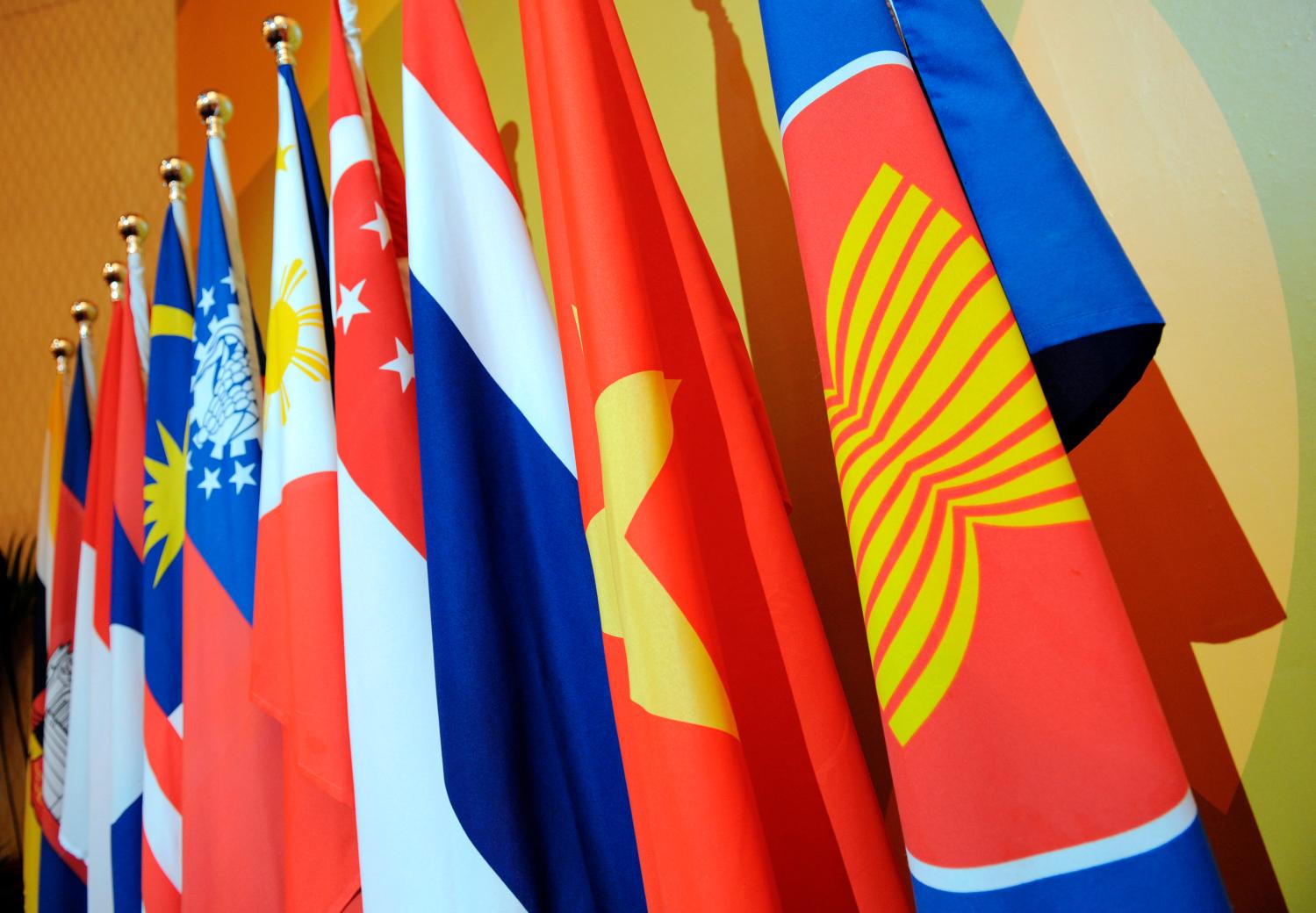Executive Summary
 This paper examines China’s foreign policy toward Southeast Asia in the context of its neighborhood diplomacy more broadly. It describes how China is navigating between the competing imperatives of pulling the region closer to it economically via the Belt and Road Initiative (BRI), while at the same time seeking to consolidate control over contested territorial claims in the South China Sea. The paper also discusses China’s relations with the Association of Southeast Asian Nations (ASEAN) and individual Southeast Asian countries, focusing on Indonesia and Vietnam. The discussion shows how Southeast Asia looms large both as a testing ground for China’s development as a great power and as a gateway for its global expansion in the future. Yet, it also shows that Southeast Asian countries aren’t just inanimate stones as China crosses the proverbial river; they are countries with agency of their own that can frustrate or take advantage of China’s moves. China could also face trip wires if it fails to better assess the social and ethnic dynamics in the region, and pushes ahead with old-style United Front activities with overseas Chinese communities at its own risk and folly.
This paper examines China’s foreign policy toward Southeast Asia in the context of its neighborhood diplomacy more broadly. It describes how China is navigating between the competing imperatives of pulling the region closer to it economically via the Belt and Road Initiative (BRI), while at the same time seeking to consolidate control over contested territorial claims in the South China Sea. The paper also discusses China’s relations with the Association of Southeast Asian Nations (ASEAN) and individual Southeast Asian countries, focusing on Indonesia and Vietnam. The discussion shows how Southeast Asia looms large both as a testing ground for China’s development as a great power and as a gateway for its global expansion in the future. Yet, it also shows that Southeast Asian countries aren’t just inanimate stones as China crosses the proverbial river; they are countries with agency of their own that can frustrate or take advantage of China’s moves. China could also face trip wires if it fails to better assess the social and ethnic dynamics in the region, and pushes ahead with old-style United Front activities with overseas Chinese communities at its own risk and folly.
Ultimately, China presents both geopolitical challenges and potential economic benefits to Southeast Asian countries. Their individual responses to China’s rise will depend on geographic proximity, economic opportunity, threat perceptions, historical experience, and other factors. In the future, as the country cases suggest, Vietnam will continue to balance against China in an effort to protect its national interests, albeit delicately, while Indonesia will take advantage of BRI to promote its own domestic economic plans and ambitions. The discussion also suggests that China’s dominance over Southeast Asia is not a pre-ordained outcome, but will be a function of Chinese power and diplomacy, the response of ASEAN countries (both individually and multilaterally), and the role and engagement of other major powers like the United States, Japan, and India. In this increasingly competitive regional environment, Southeast Asian countries will continue to engage China, hedge, and manage their relations with Beijing carefully. They don’t have the luxury of taking sides.



